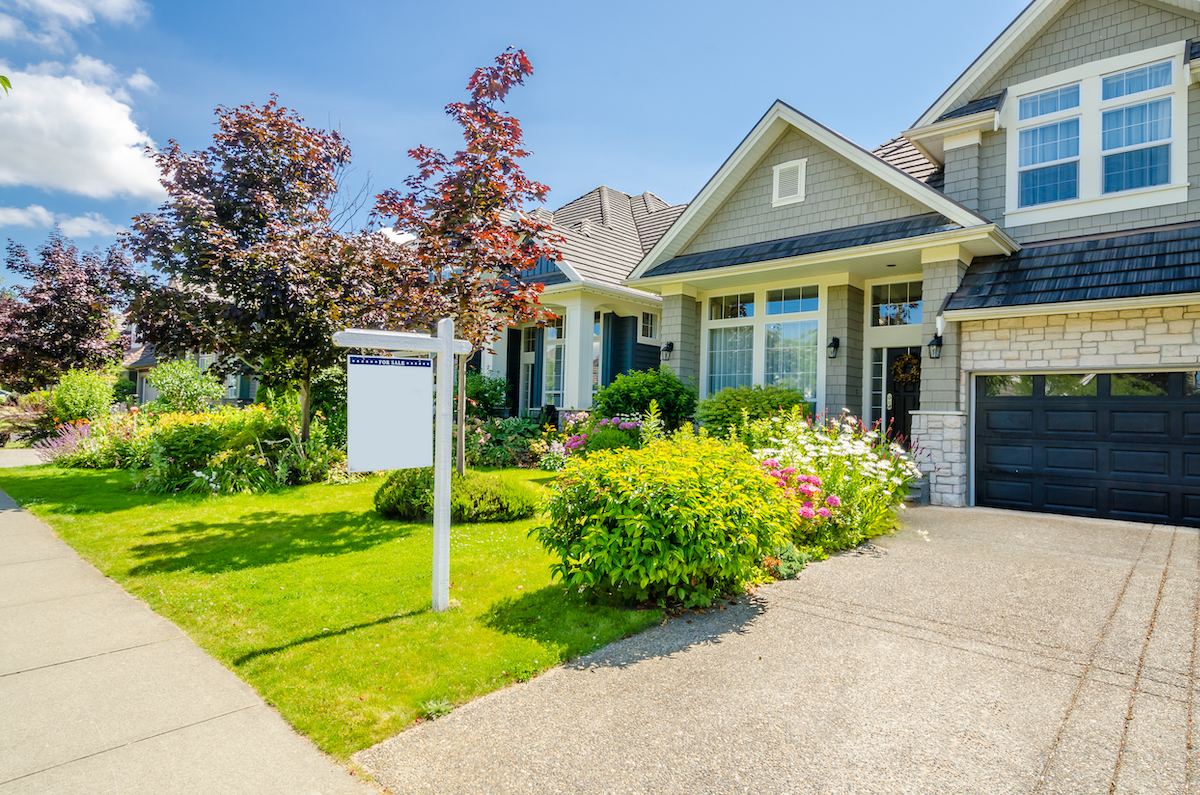Investor interest in single-family rental homes is high, and many who have money in stocks and bonds have considered moving some of their assets to real estate rentals. Of that undecided group, many still gather info, attend seminars, and buy courses to learn more before making an investment decision.
There is nothing wrong with seminars, books, and courses on real estate investment, and all knowledge has value. If you're in the group still undecided and you haven't yet invested time and money in paid training or mentorship, these A-B-Cs of rental home investment are to help you to get a fast grip on the basics of successful rental home investing.
A - Analysis
Analysis or research is the most crucial of the processes, as the best investment is one that you've thoroughly researched to reduce risk and increase return. Research into the local real estate market, home sales prices, rents, and rental demand is the key to success.
Local market research involves getting the big picture of neighborhoods, where people seem to prefer to live, employment opportunities, age group demographics, and turnover of residents.
Home sales prices can be monitored easily by working with a local real estate agent. They can set up an automated email alert report to let you know every home sale closing with the sold price. You can run a comparison of those sold prices to the list prices to see how much of a discount buyers are getting off the list prices, if any. You can also get automated reports of new listings as they come on the market.
Rental research is critical. You need to get a handle on-demand versus supply for rental homes, as well as preferred neighborhoods and home features and amenities. You can monitor rental ads in print and on Craigslist to see where the competition is in pricing. Working backward, you can determine what renters want and where they want it, then what those rents are in that area. You then have the income you can expect, and you can begin the search for properties that fit the bill.
B - Bargain-Hunting
Most investors will tell you that you want to lock in some anticipated profit right at the closing table when you buy the rental home. This means knowing how to calculate home values and then locating good rental candidates. From there, it's the art of the deal, negotiating to buy at a price that's below the current market value. This is a starting locked-in profit.
Part of this step is knowing what you're able to invest in cash, the cost, and payments of a mortgage, and other costs such as property taxes and insurance. What you're doing before making an offer on a home is determining what you can get for rent and subtracting cash out of pocket and expenses. The result is your monthly cash flow. This is what you take to the bank every month, and you want it to be enough to cover all expenses, including vacancy losses.
C - Control
Once you're a landlord, you want to closely control your tenants' behavior and rent collections. Even more important, control your expenses. If you find some expense items increasing and hurting cash flow, act quickly to find better deals, and reduce costs. Check your properties for damages. It's difficult to bother tenants, even when the lease lets you do so with appropriate notice. What you can do is have good smoke and CO2 detectors in the home and make it your responsibility to change the batteries. Have it in the lease to do it every three or six months. This is the reason to get into the home without making it an "inspection."
Rental property investment at a profit is as easy as A-B-C if you follow these clear rules.

